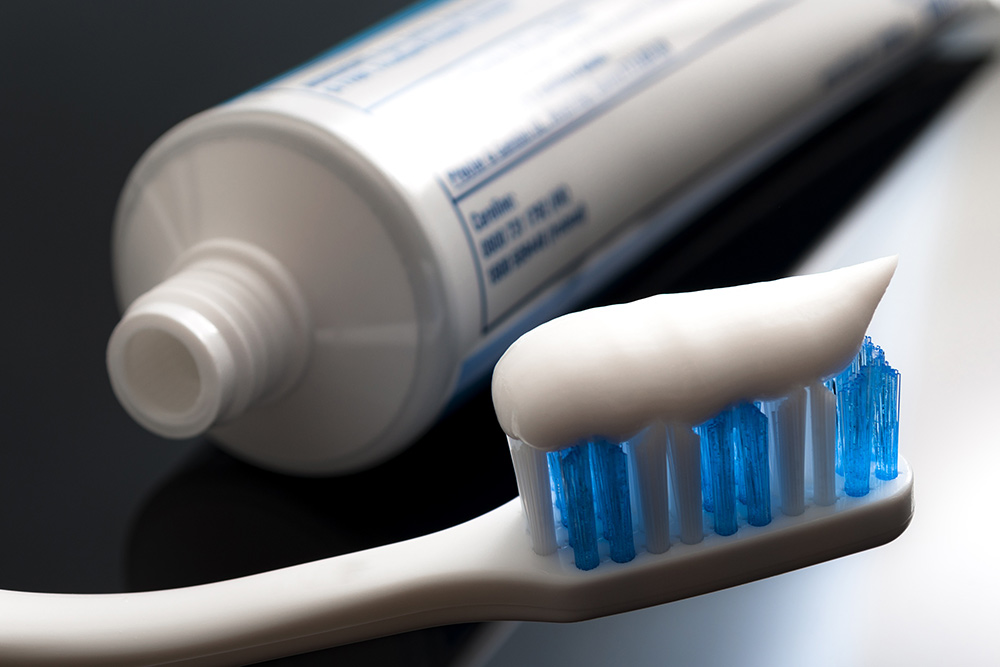
According to Iqaluit Dental Clinic, there are two kinds of people. One buys toothpaste from the grocery store or supermarket and switches it from time to time in pursuit of the best option. Others simply make the best DIY toothpaste at home. Let’s check out the best and worst toothpaste ingredients.
Best toothpaste ingredients
1. Coconut Oil – Coconut oil in your toothpaste can boost the gut microbiome and prevent candida in your mouth naturally. If you’re surprised about the benefits to your gut microbiome, remember that digestion starts right from the mouth. While there is limited evidence about coconut oil being able to reduce cavity-causing bacteria, it can’t harm you in any way.
2. Crushed cacao nibs – While it’s hard to believe, your ideal toothpaste should always consist of chocolate. Not sweetened milk chocolate, just good old pure chocolate. Cacao beans have compounds that promote remineralization much better than fluoride and much more safely. You may have health complications if you swallow fluoride toothpaste. Swallowing chocolate comes with no risks. Make sure the grain size of the cacao nibs is as fine as possible so that they act as a safe abrasive to break the biofilm.
3. Bentonite clay – Bentonite clay is a natural polisher that isn’t too abrasive and rich in minerals. Its alkaline nature also makes it perfect for reducing the acidity in your mouth. While putting clay(essentially dirt) in your mouth sounds gross, bentonite clay is absolutely safe and a natural alternative to toothpaste. The minerals in bentonite clay help fight cavities and have remineralization benefits. Moreover, it is also used widely in the makeup and medicine industry. Adding a bit of bentonite clay to your DIY toothpaste goes a long way.
Worst toothpaste ingredients
1. Anything acidic – The pH level of your mouth is closely linked to bacteria growth and gum disease. If the acidity of your mouth increases and stays that way for a long time, it helps cavity-causing bacteria to grow and develop. Tooth decay also speeds up when the acidity in your mouth falls below 5.5. That’s why adding anything acidic to your DIY toothpaste isn’t a good idea. Instead, you should check the acidity of your homemade toothpaste with pH strips before using it. Ideally, your toothpaste should have a pH between 7-9.
2. Essential oils – Essential oils have a lot of benefits and antibacterial properties. That’s why it’s a surprise when it comes out as the worst ingredient that can be added to toothpaste. However, adding essential oils can kill off beneficial bacteria in your mouth and can upset the balance of the delicate microbiome. Not all bacteria are bad. You just want to target those that spread diseases and cause tooth decay.
Conclusion
Iqaluit Dental Clinic suggests that you use the above-mentioned ingredients to make your own toothpaste. Use the best ingredients available to you and avoid those that don’t belong in toothpaste. Otherwise, you can look for the best ingredients on the label next time you shop for toothpaste.
